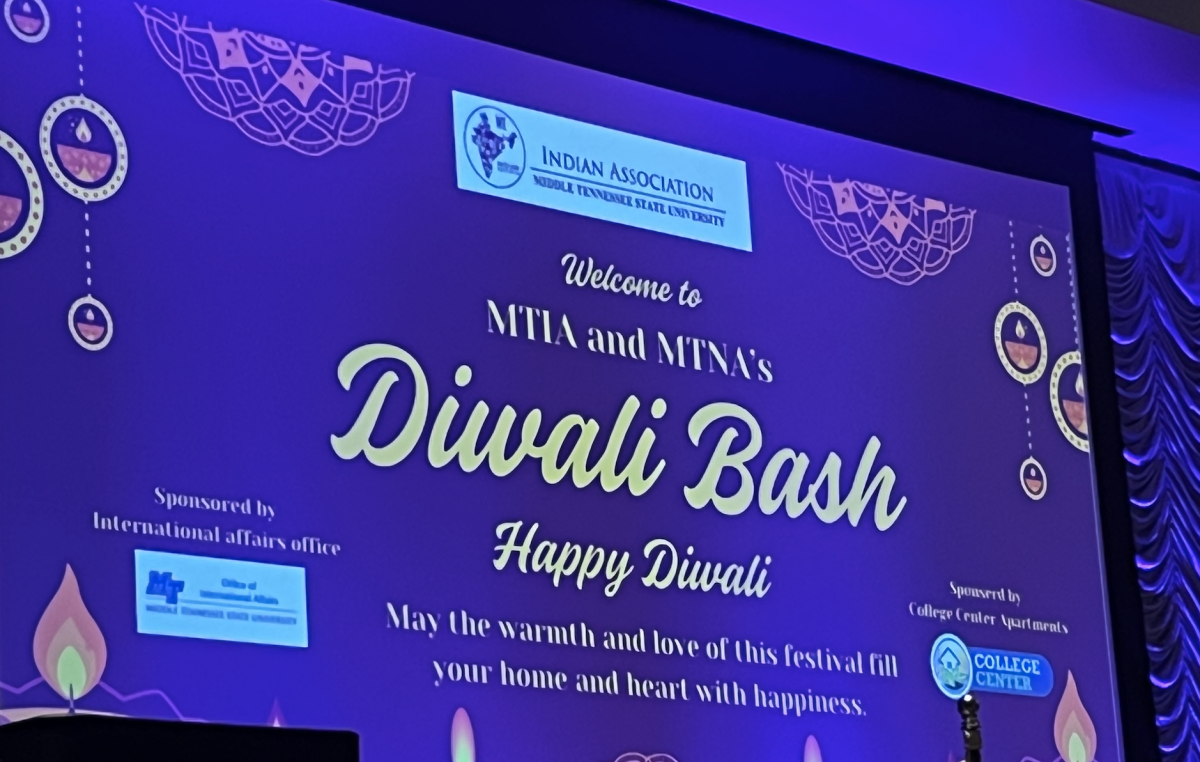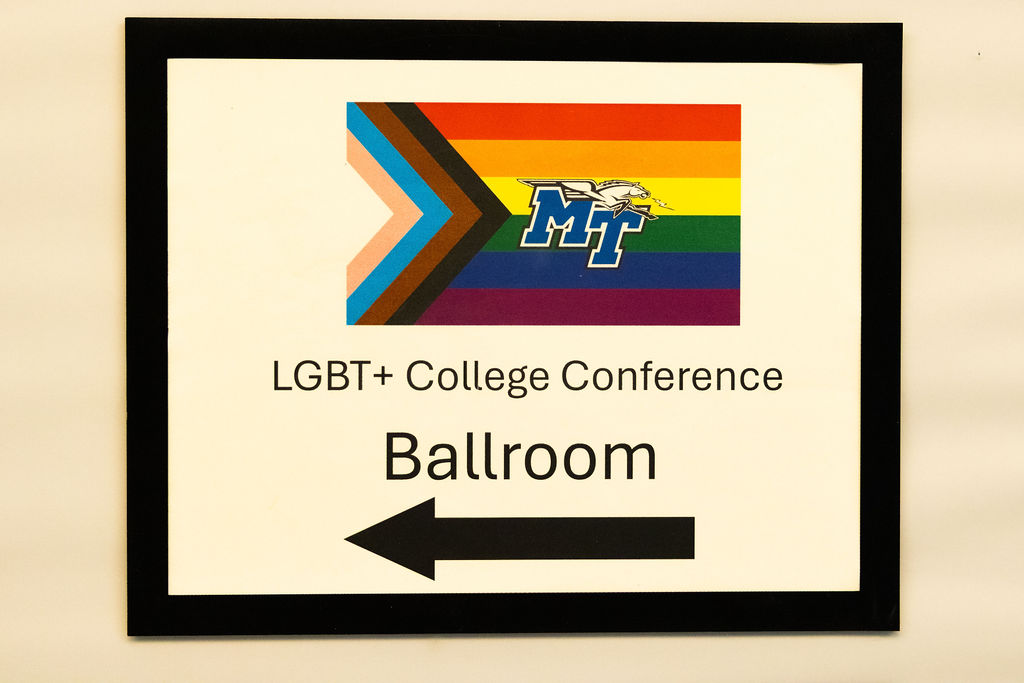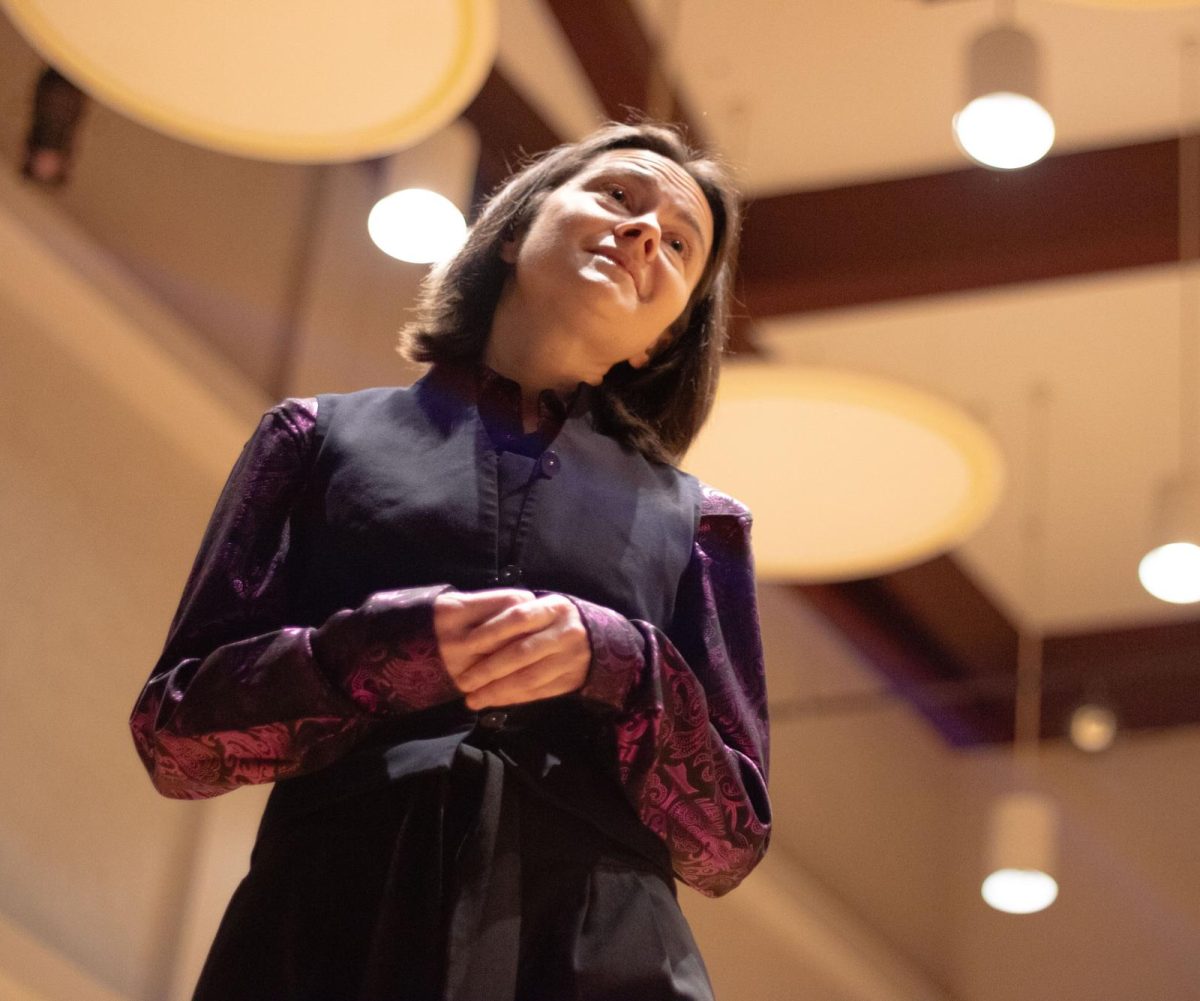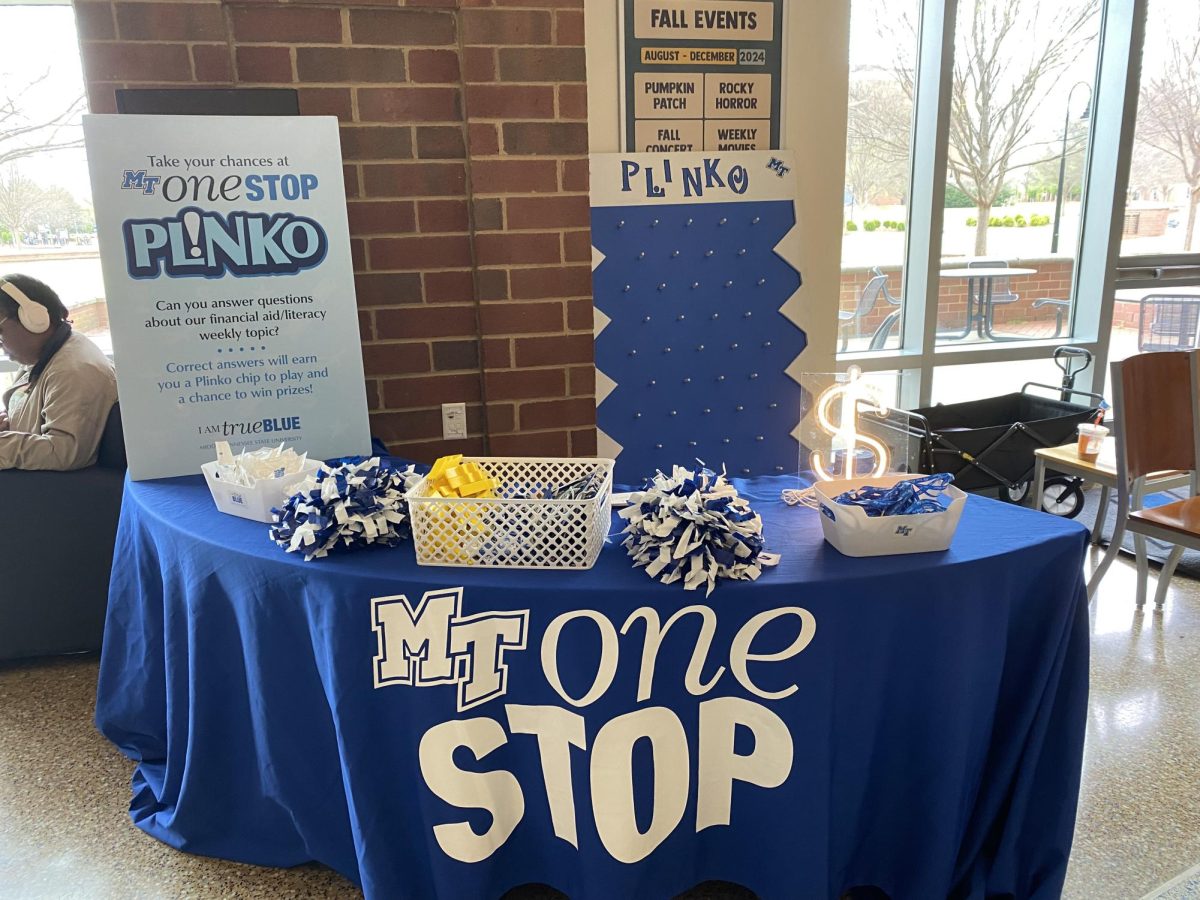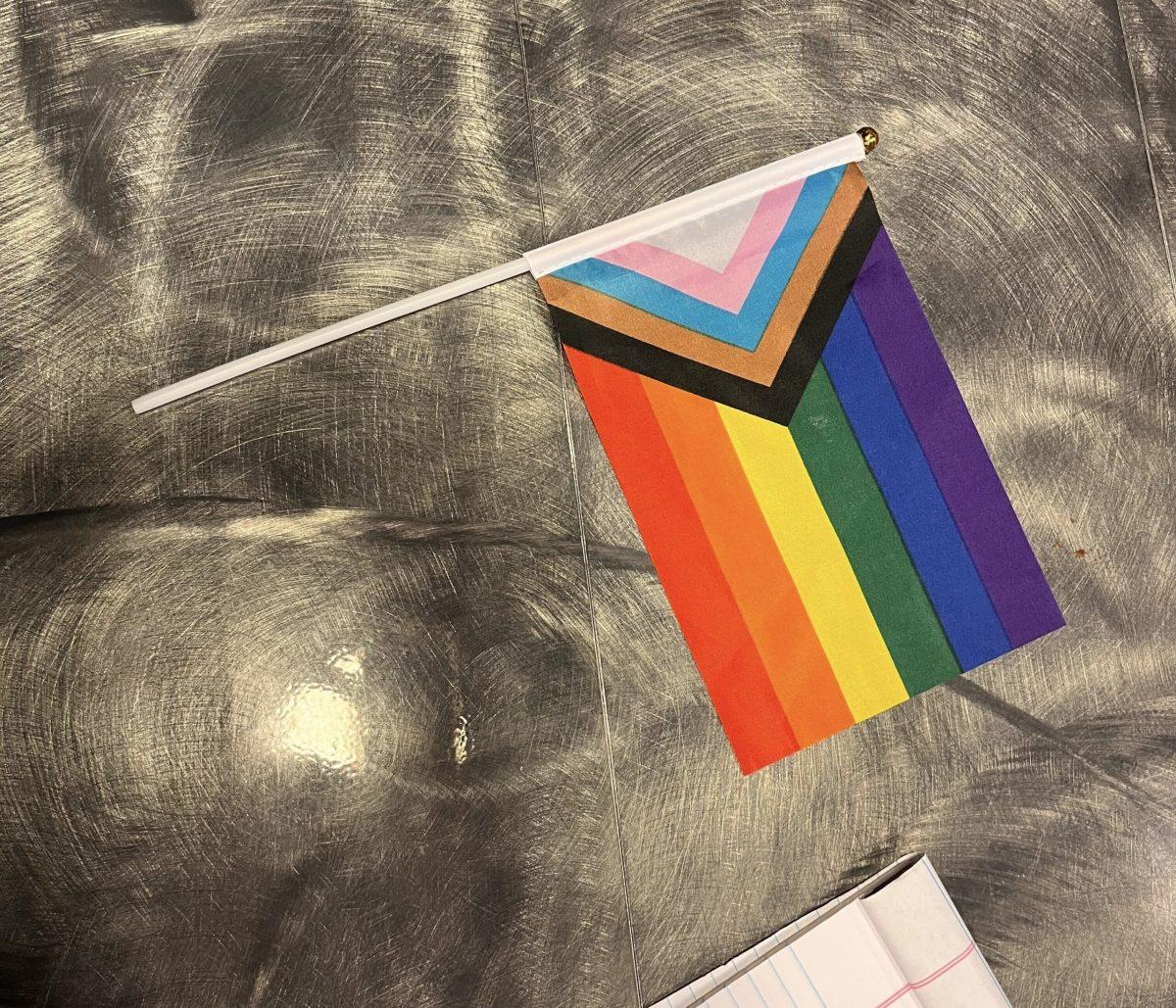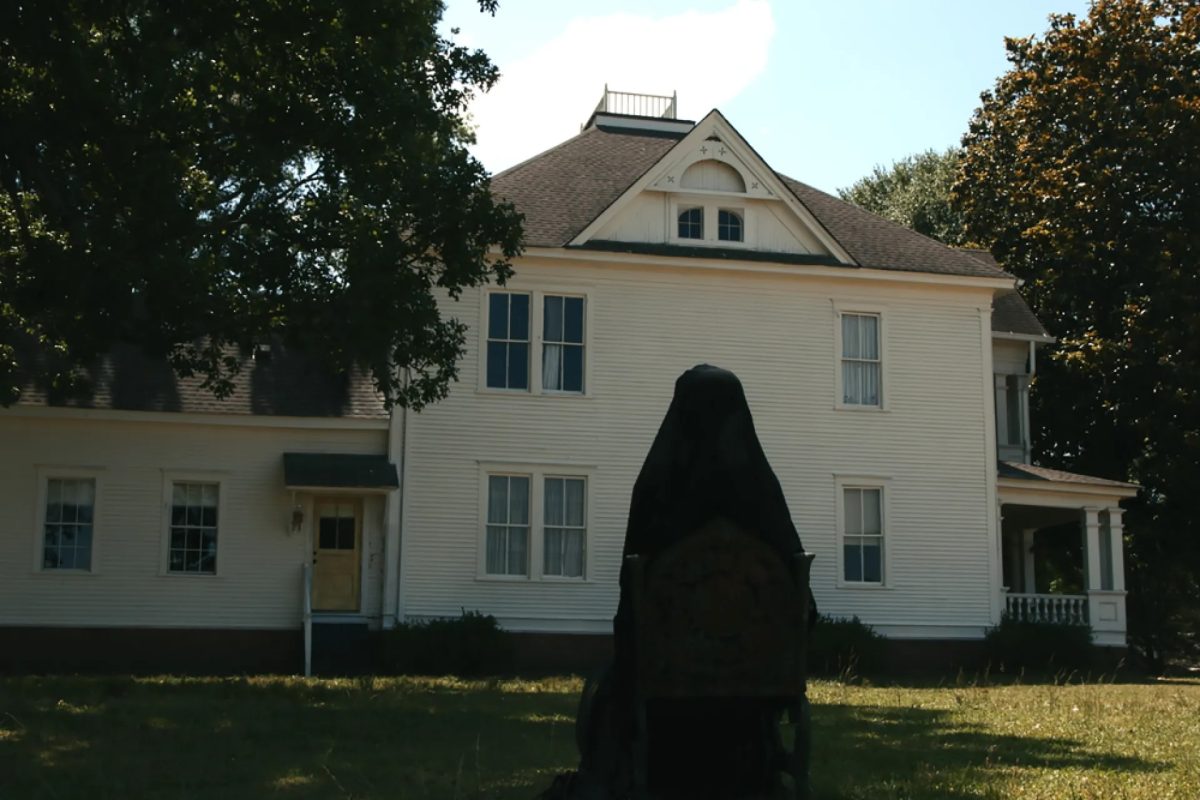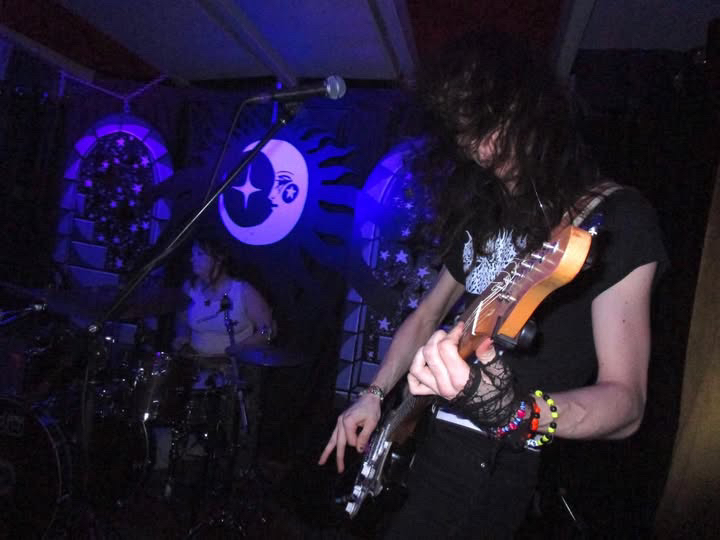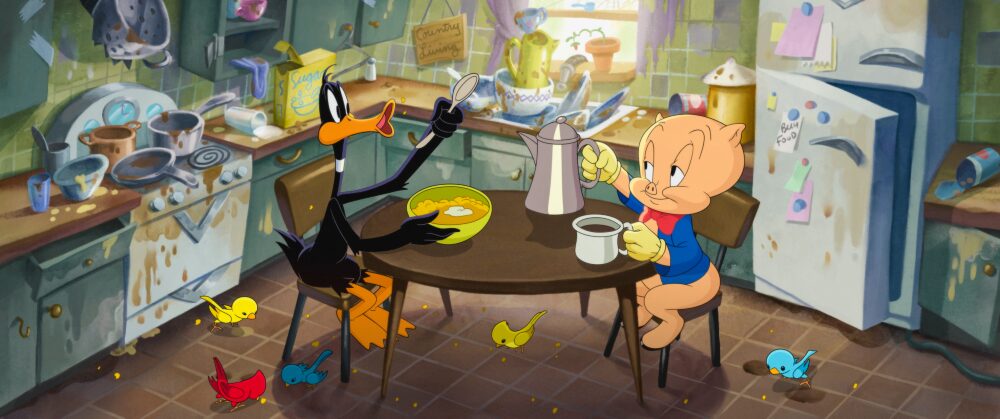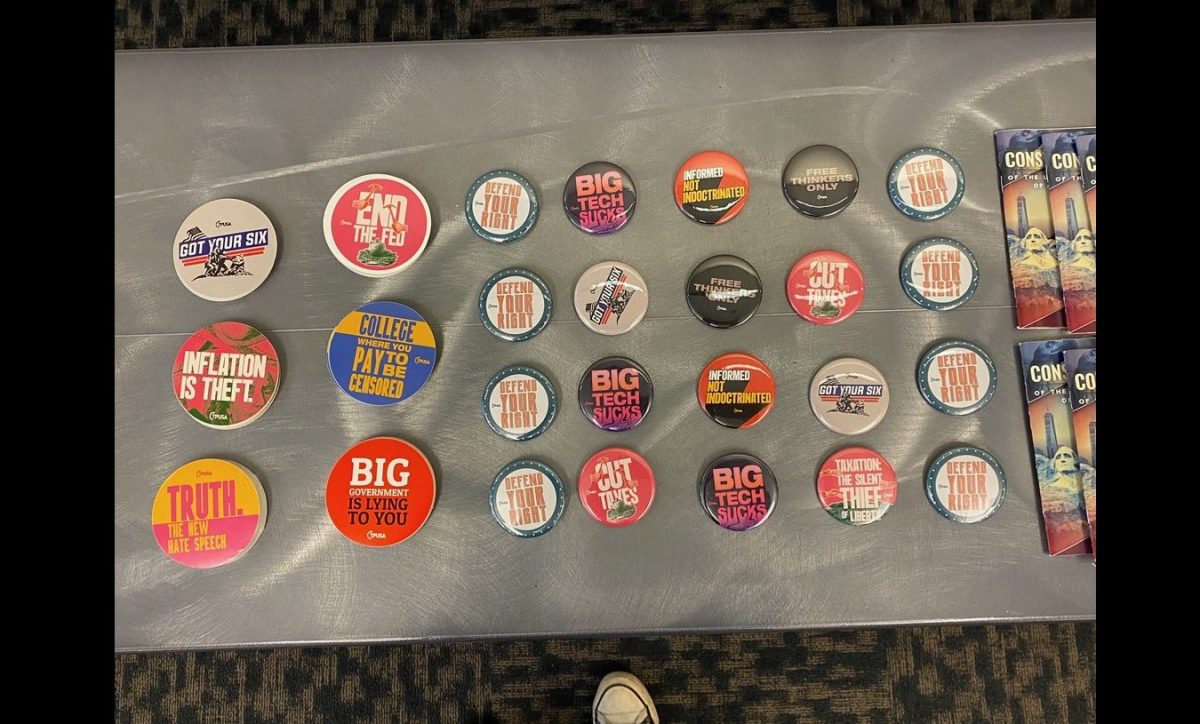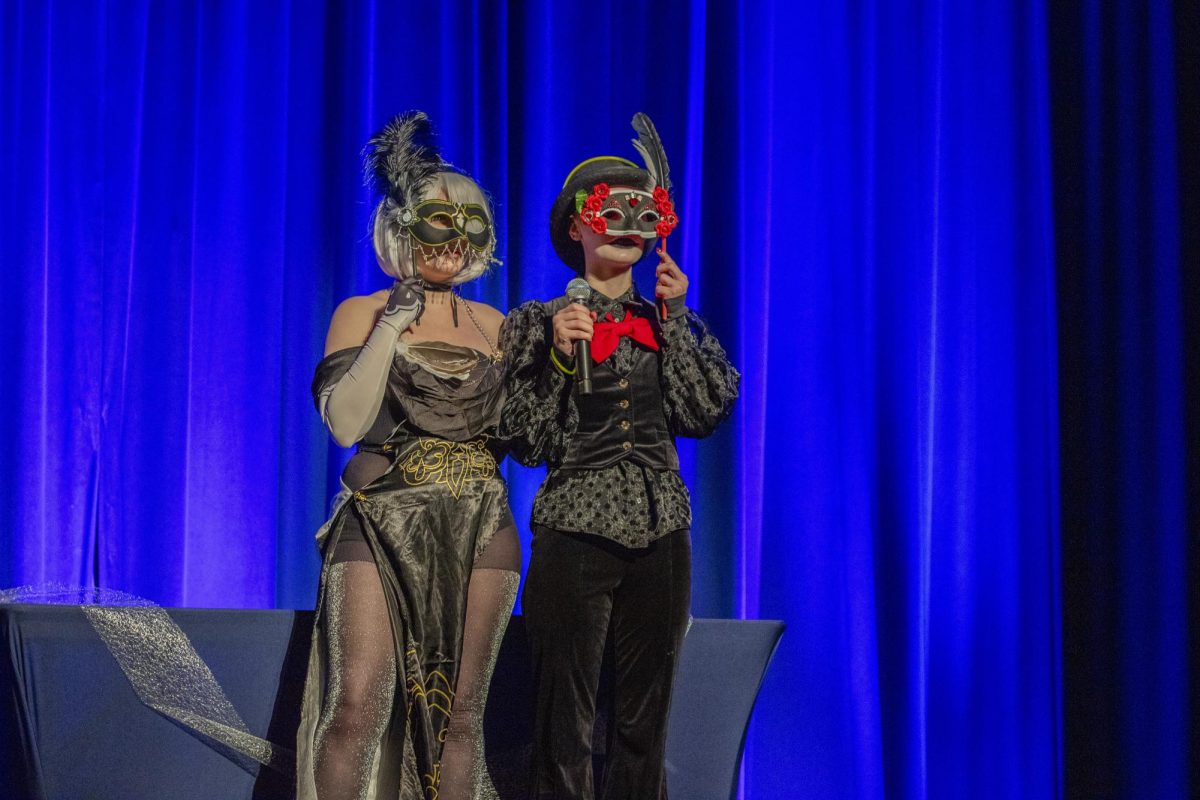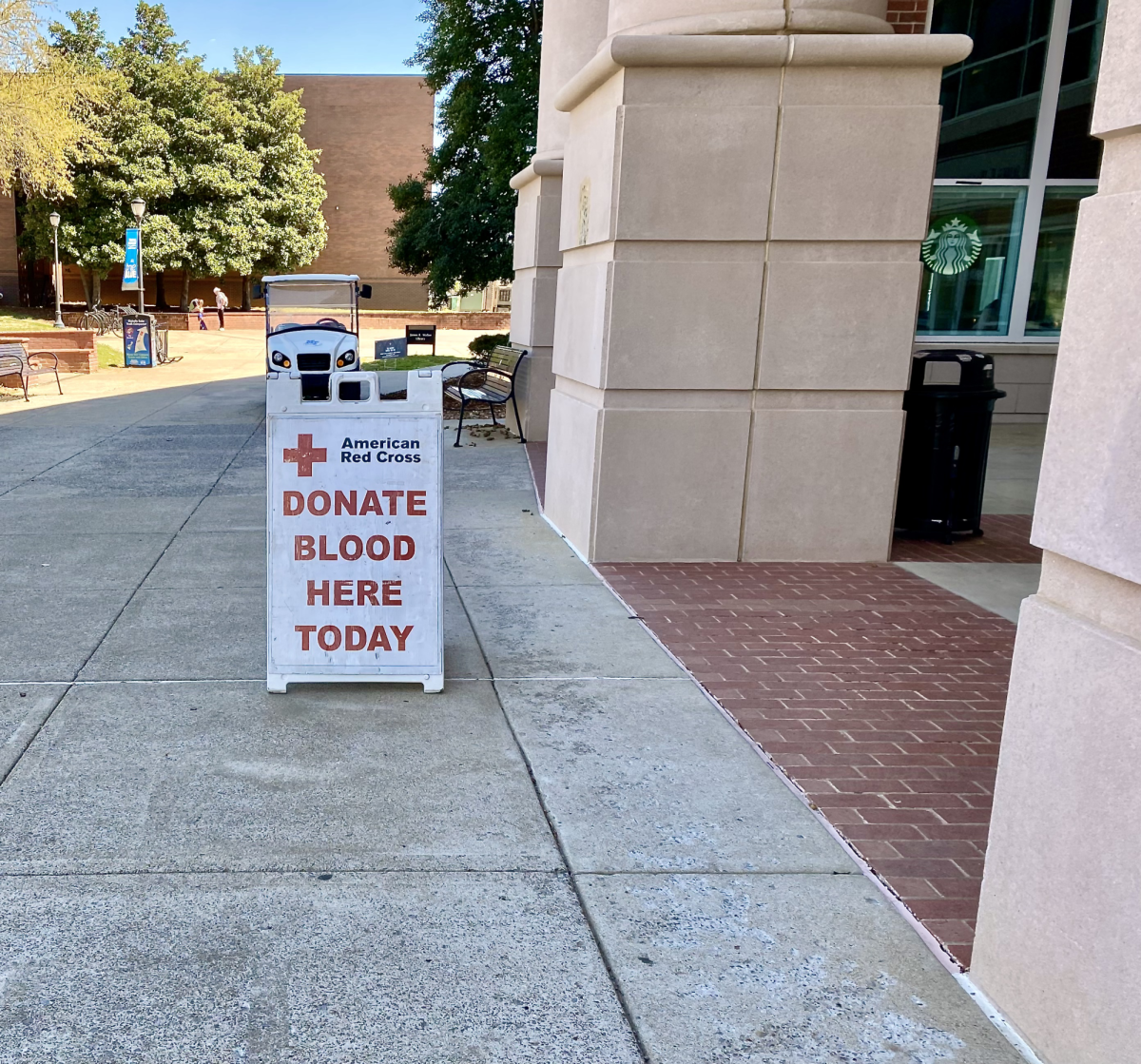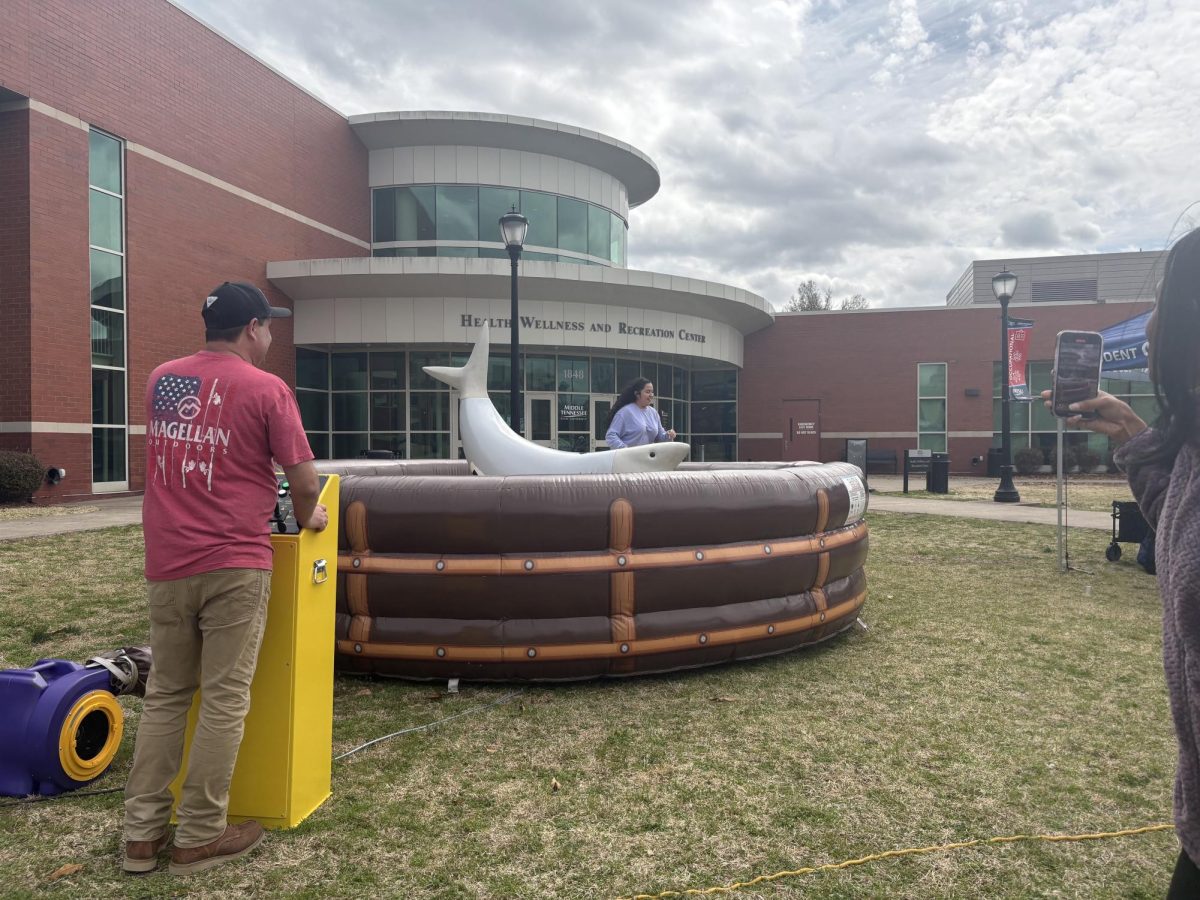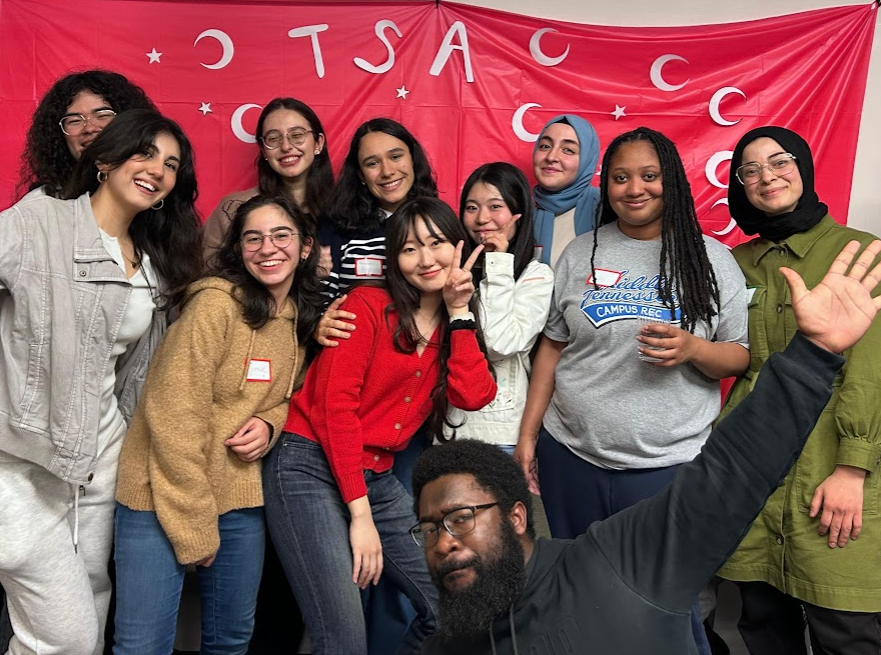Photos by Emma Burden and Xavier Harper
Story by Emma Burden and Xavier Harper
Two student organizations united to light a flame of excitement for Diwali at MTSU’s Student Union Ballroom this Friday.
MTSU Indian Association and MT Nepali Association joined to host MTSU’s Diwali Bash, celebrating the Hindu festival of Diwali. Diwali Bash promised delicious Indian food, Bollywood music and lots of fun.
“We’re collaborating together with MTNA,” MTIA publisher Riddhi Patel said. “This is our first [collaborative] event.”
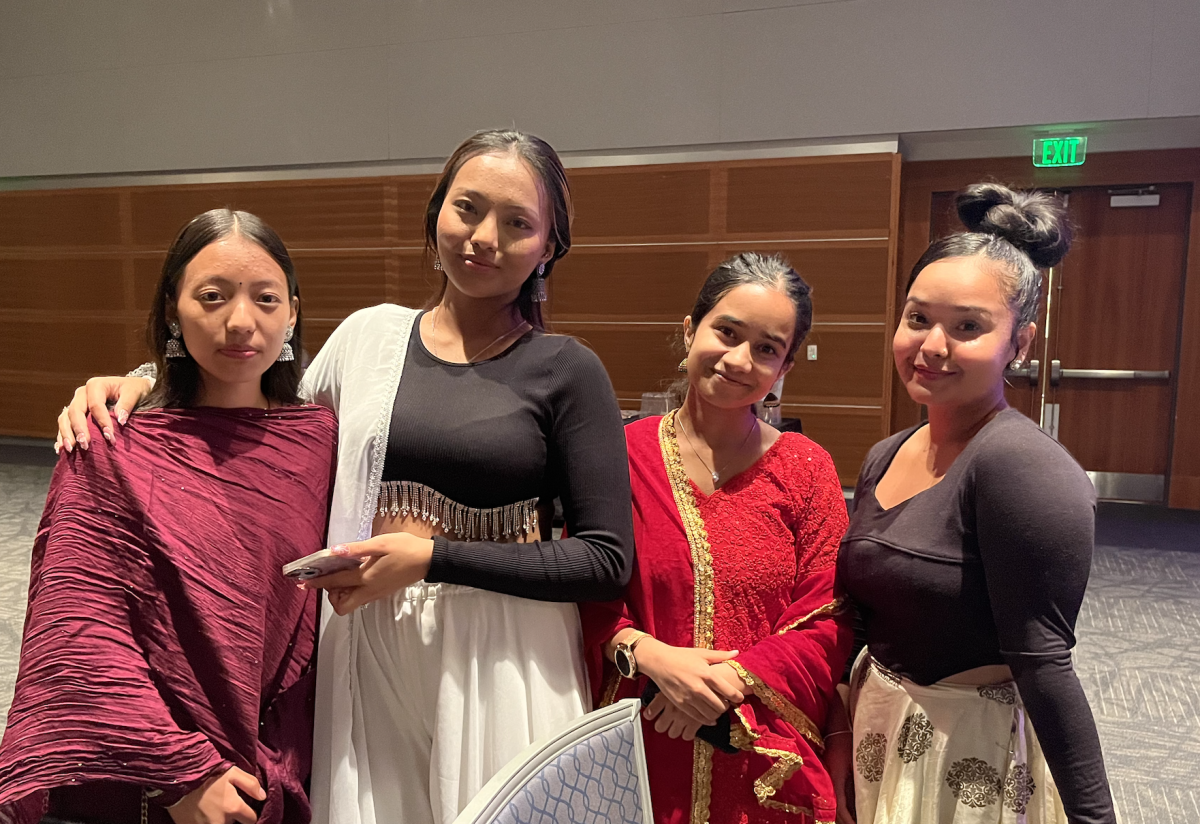
The event began at 4 p.m. with dim lighting, lively music and pottery painting. On one ballroom table, there were dozens of diya, paper plates, paint brushes and acrylic paint. Diya are small oil lamps made from clay, and it is tradition to light diya during Diwali.
Diwali, also known as the festival of lights, celebrates the victory of light over darkness and the return of Hindu god Rama.
“Our lord Rama came home,” Riddhi Patel said. “We have a whole story, where he had to go live in the forest for fourteen years and came back. [With Diwali] we are celebrating his arrival.”
For many students, Friday’s event was their first Diwali on campus.
Some students have observed Diwali since childhood. The holiday is enriched by the community, with a sense of excitement that can start from a young age.
“When I was a kid, our neighbors invited us once for a Diwali event and we cracked firecrackers all night,” Faheem Mohamed said. “I’d say that was one of my favorite things, firecrackers and fireworks.”
This sense of comradery and tradition can be an integral part in getting involved in the holiday.
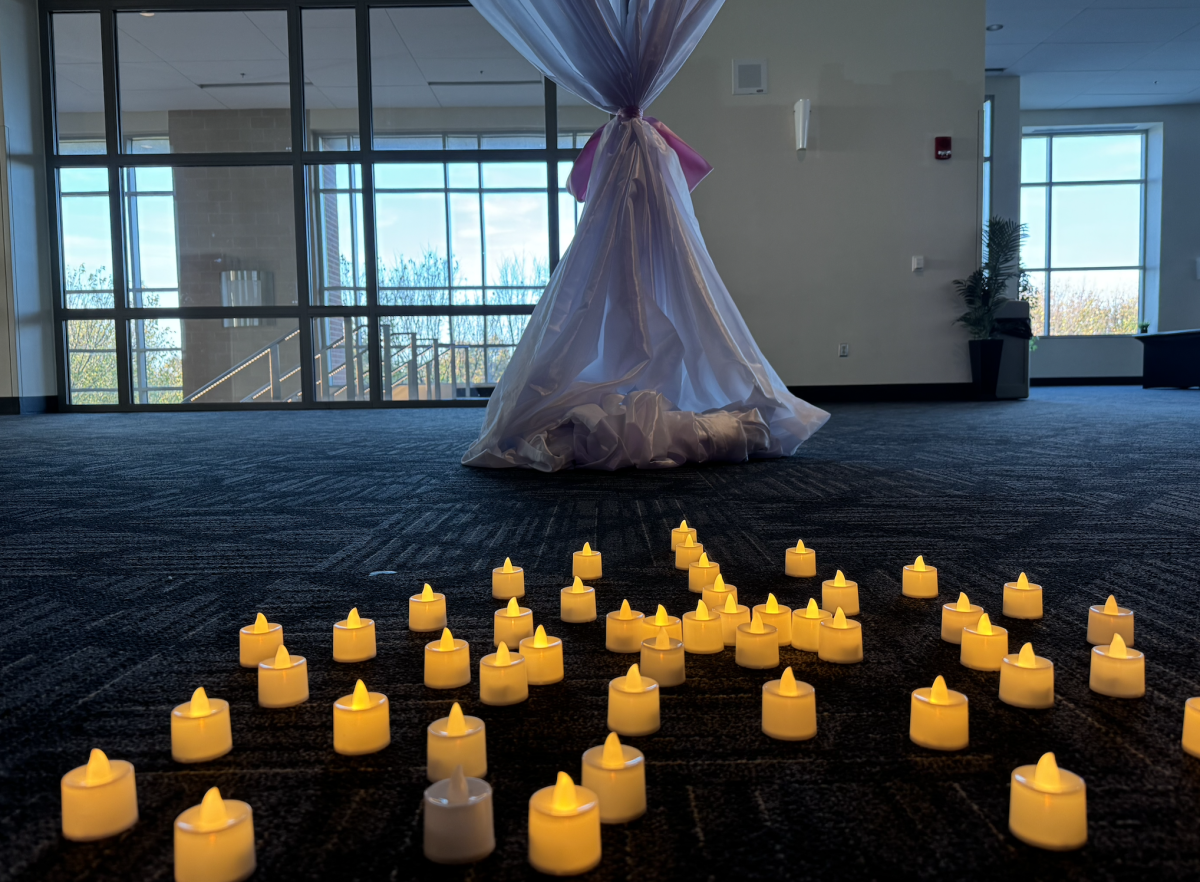
Students began to fill into the ballroom at around 4:45 p.m. As they selected diya to paint, MTIA and MTNA leadership took the stage. MTNA president Lisa Patel, publisher Riddhi Patel, MTIA president Sayuri Shrestha and other association leaders introduced themselves to the audience and explained their associations and Diwali. Lisa Patel focused on describing Diwali traditions in India, while Shrestha elaborated on Diwali traditions in Nepal.
“Our cultures are very similar, but [for each of the five days] we worship different animals and different gods,” Shrestha said. “We worship crows, dogs and cows. Then we worship Lakshmi, similar to the goddess that they [Hindu in India] worship.”
After leadership drew their introduction to a close, they engaged their audience in a round of musical chairs.
About thirty students gathered in the middle of the ballroom, seated in chairs that, over time, would quickly be pulled away from them. The music in the ballroom grew louder and students began to circle the row of chairs. Most were dressed in traditional Indian and Nepali attire.
Student Hailey Patel, who attended Diwali Bash and participated in musical chairs, arrived wearing pink and gold. Many students in traditional attire donned silver and gold threads, alongside bright and bold colors.
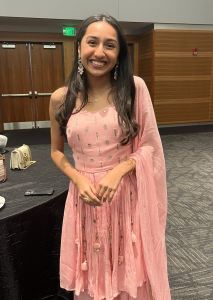
Diwali Bash also included a variety of Indian cuisine, such as paneer tikka, naan and gulab jamun.
“There’s this dish called poori,” Faheem said. “It’s basically like a puffed kind of bread. … If you let it heat long enough, the bread will actually split into like a puff ball. It tastes really good!”
Poori is Faheem’s favorite Diwali food, he said.
Food can make a holiday like this even more memorable and impactful by giving students something to share and enjoy. There was no shortage of this at Diwali.
As the night of celebration at Diwali Bash came to a gradual close, participants blew out candles and the festive music died down. Many MTSU students walked away with a renewed pride for their culture and an ever-beaming joy for the holiday.
Emma Burden is a Reporter for MTSU Sidelines; Xavier Harper is a contributing writer for MTSU Sidelines.
To contact the Lifestyles Editor, email lifestyles@mtsusidelines.com.
For more news, visit www.mtsusidelines.com, or follow us on Instagram at MTSUSidelines or on X at @MTSUSidelines. Also, sign up for our weekly newsletter here.


